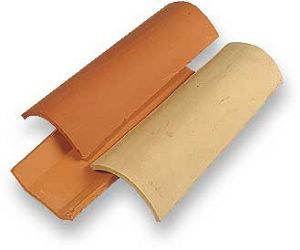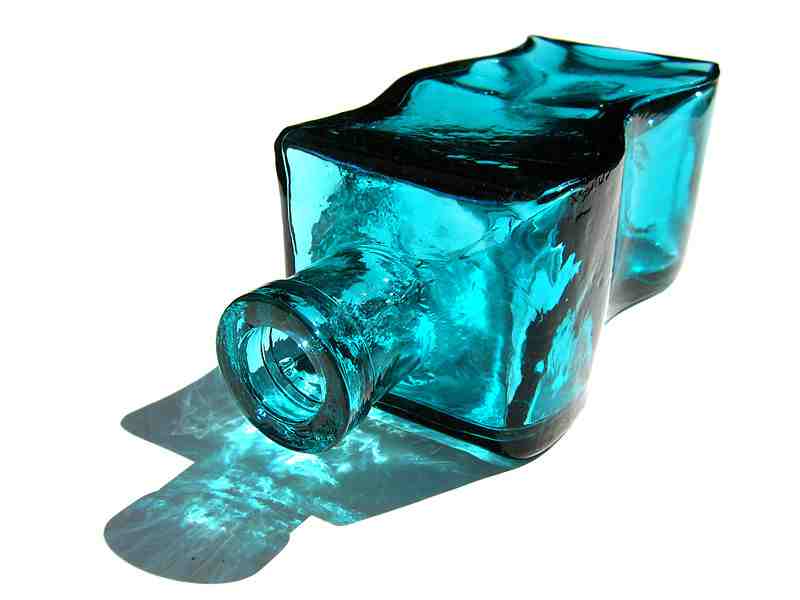Materials Exercises

1º The function of slates is to prevent water from penetrating the roof of houses. They are principally made of clay and they are cooked at a high temperature. What is the name of one of the components which
facilitates the smelting?
a. Thermo-sand
b. Feldspar
c. Alkali
d. Heat-resistant sand
2º Another basic component of house construction is the use of hollow bricks. How are they constructed?
a. Absorption moulding
b. Compression moulding
c. Extrusion moulding
d. Injection moulding
3º Binding materials, like cement and plaster, are sold in pulverized forms and have a chemical reaction when mixed with water, which harden quickly. This process is called:
a. Crystallization
b. Solidification
c. Cementation
d. Concrete set
4º Answer this question. Is concrete stronger in compression, tension, or the same in either?
5º Circle the possible components of concrete.
cement, iron, gravel, sand, rods, water, air
6º Search on the Internet:-> When was concrete first made ?
a) 1245
b) 1567
c) 5000 BC
d) 500 BC
7º In order to make a concrete column, it is necessary to mix:
a. Water, sand and dirt.
b. Sand, water, gravel and clay.
c. Sand, water, gravel and cement.
d. Cement, clay, dirt and water.
8º In the following images, you can see that they are making a concrete column, for which a iron structure is added. Why is the iron structure added to the concrete mass?

a. To add more resistance to compression
b. So the column lasts many years
c. To increase resistance to traction
d. To support the large weight
9º) Mortar is:
a. A mix of sand, slaked lime and cement.
b. A mix of sand, slaked lime and plaster.
c. A mix of plaster, slaked lime and cement.
d. A mix of sand, water and cement.
10º) In building construction, the total weight falls on elements called:
a. Foundations
b. Weight beams
c. Column base
d. A general structure with beams and tie-beams
11º) Materials are tested in a laboratory before being used. For that, practices are done with 1 to 2 cm2 bars of various materials. Of the following, which would perform best in a compression test?
a. Concrete
b. Steel
c. Glass
d. Iron
12º) It is important to know the density of a material in order to know the total weight of a building. In a skyscraper, the beams and tie-beams are numerous and all of its weight has to be supported by the interior
beams. Calculate the density of a circular steel beam of 41,33 kg with a diameter of 15 cm and length of 30 cm.
a. 7800 Kg./m2
b. 2500 Kg./m2
c. 0,78 Kg./m2
d. 78 Kg./m2
13º) In order to create glass
a. Ferric oxide is added in order to increase its hardness
b. Compression is used
c. Alkali is added for colour
d. Alkali is added for greater crystal stability
 14º) In the following image, a blue glass bottle is shown and it has a very particular shape. How do you think it was made?
14º) In the following image, a blue glass bottle is shown and it has a very particular shape. How do you think it was made?
a. Cobalt oxide is added to the blue color
b. An extra bit of sand is added in order to increase its malleability.
c. It has a low percentage of alkali in order to decrease its stability in the cooling process.
d. A blowing method is used and it cools quickly so the color changes.
15º) In order to create glass, a special machine is used in which various substances are mixed together. In this machine:
a. The sand is heated in order to speed up the process.
b. Sand, alkali, Feldspar and oxides are added and heated in an oven at 3200 C.
c. The oven is set at mild before cutting.
d. The glass is cooled before cutting in order to avoid acridness
16º) Which of the following are stone materials?
a) Marble, slate and sand
b) Marble, gravel and plaster.
c) Bricks, glass and cement.
2º. A house:
a) Has exterior walls which support the structure’s weight.
b) Can have a double wall, made of brick, hidden in the interior.
c) Has a waterproof cover made of fiberglass mixed with steel.
17º. Which has less resistance to compression?
a) Glass over steel.
b) Concrete over glass.
c) Steel over concrete.
18º. Which is more resistant to traction?
a) Glass over steel.
b) Steel over concrete.
c) Concrete over glass.
19º Stone materials:
a) Only marble, slate and granite are used in construction.
b) Are used in a compact form, like marble or granite, or in the granulated form, like grains or gravel.
c) Are minerals with different chemical compositions, very resistant, hard, with low thermal conductivity and easy to mold.
20º. Ceramic materials like clay:
a) Are cooked before molded through a heating system.
b) Are molded before being cooking in ovens, with temperatures between 900 and 1200 C.
c) Can be used without cooking, like bricks or tiles which air dry after being made.
21º. Glass:
a) Is a plastic material before completely solidifying, which is when it becomes glass.
b) Becomes glass when it mixes with metallic oxides which give it color and stability.
c) Is a mix of molten sand, alcohol, and metallic oxides, which are dumped over a liquid metal, which floats above it.
22º. Binding materials:
a) React naturally with water, producing a forged reaction which bond particles like sand and gravel.
b) A homogeneous mixture of plaster and cement, which, mixed with water, produce concrete.
c) Act like glue when bonding the cement with the concrete.
23º. When making mortar:
a) It is used when plastering a home.
b) It is a mix of cement, sand and water.
c) It is a mix of cement, water, sand and gravel which help in sticking bricks.
24º. Concrete:
a) Should come prepared in concrete trucks. From there comes the price.
b) Is produced by pouring concrete over a mold which contains tense cables.
c) Has steel bars in its interior, which is known as ferralla
1º->b ; 2º -> c ; 3º -> d; 4-> compression 6-> d; 7-> c; 8->c; 9->d; 10-> a; 11->c 12º -> a; 13º-> d; 14º-> a; 15->c; 16 -> a; 17-> b; 18-> b; 19-> b; 20º -> b;
21º -> b; 22º ->a; 23º -> b; 24º -> a
